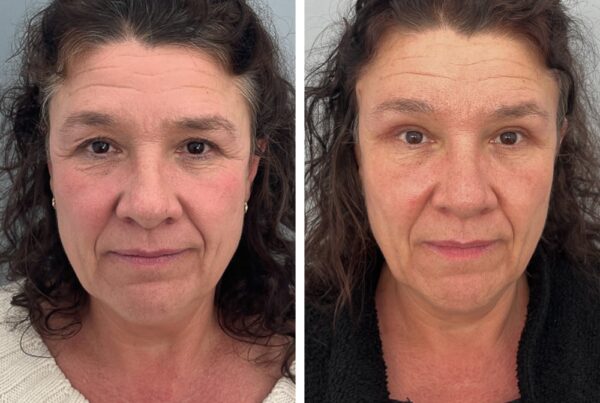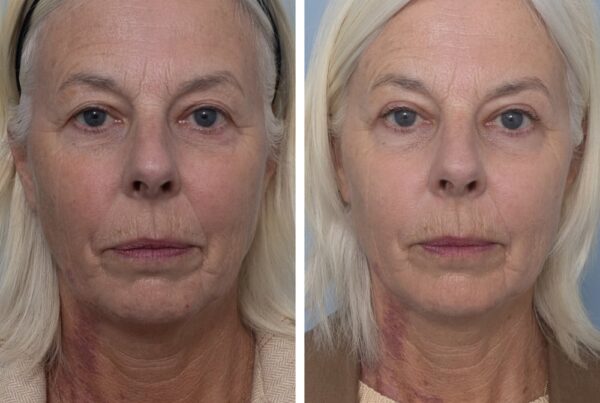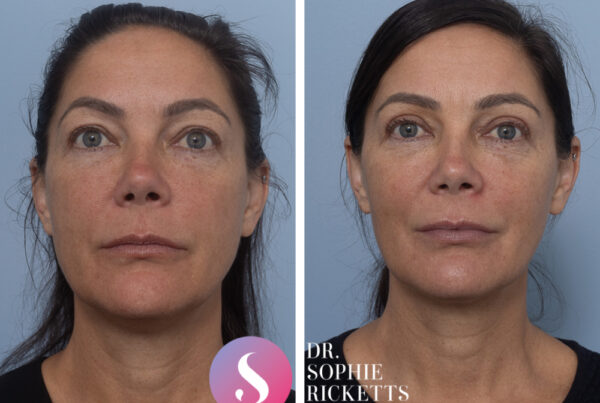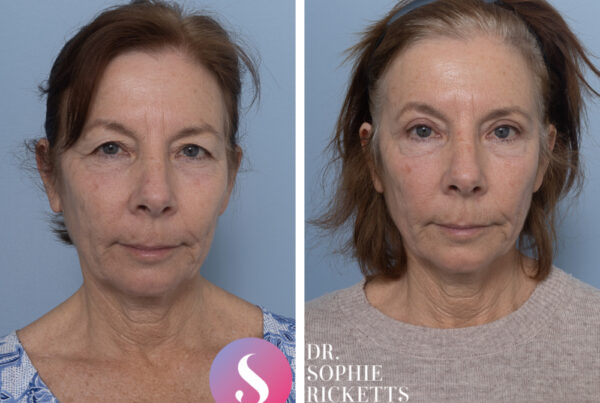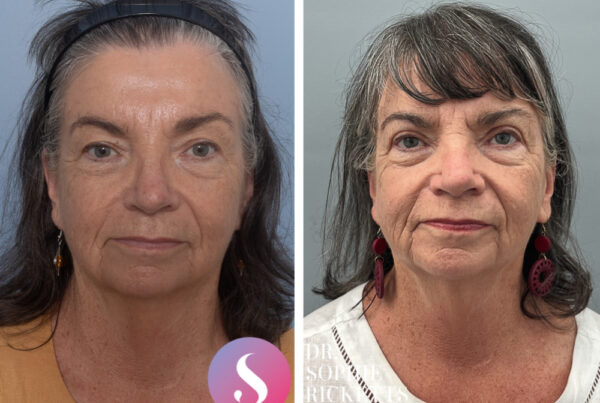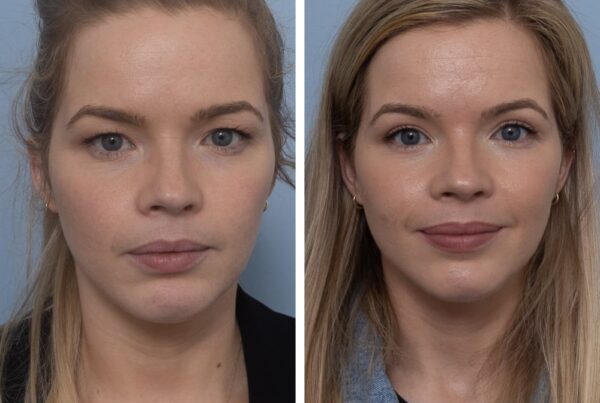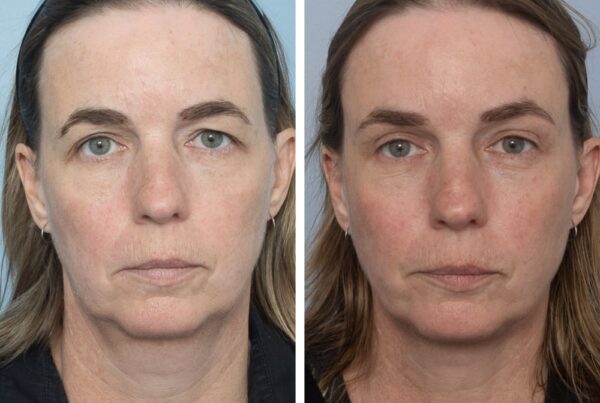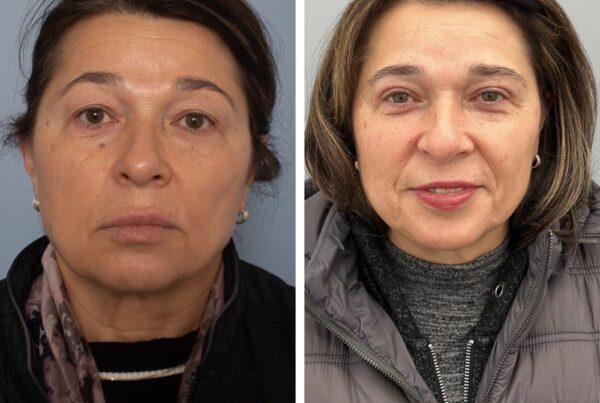Why might eyelid surgery be considered?
Some people notice changes in the eyelids, which may include skin folds, prominence in the eyelid area, or hollowing beneath the eyes. These changes may involve skin, muscle, or fat around the eyes, and in some cases can also affect vision.
What does eyelid surgery involve?
Eyelid surgery (blepharoplasty) can involve the upper eyelids, the lower eyelids, or both.
- Upper blepharoplasty removes excess skin from the upper eyelid and may also involve repositioning or removing fat.
- Lower blepharoplasty may involve removing or repositioning fat and skin to change the appearance of puffiness or hollowing beneath the eyes.
The specific approach depends on an individual’s anatomy and clinical circumstances.
Will there be scars from eyelid surgery?
All surgery results in scarring. In blepharoplasty, incisions are usually placed within the natural crease of the upper eyelid or just below the lash line in the lower eyelid. Scars generally become less noticeable over time, though this varies between individuals.
What is the recovery time for eyelid surgery?
Eyelid surgery is commonly performed as day surgery. Bruising and swelling are expected and usually improve within the first two weeks, although it may take several weeks before the final result is evident. Recovery varies between individuals and depends on the extent of the surgery.
FAQ
Who might consider eyelid surgery (blepharoplasty)?
Some people seek advice about eyelid surgery if they have concerns such as excess skin on the upper eyelids, changes to the lower eyelids, or noticeable differences between the two sides. In some cases, excess upper eyelid skin may also affect vision.
Suitability for surgery depends on factors such as general health, medical history, and individual anatomy. In a consultation, Dr Sophie Ricketts will discuss your individual circumstances, outline the potential risks and alternatives, and advise whether eyelid surgery may be appropriate for you.
What are the risks and possible complications?
The risks of a blepharoplasty are relatively few. It is however important to be aware of potential risks like bleeding, infection, scarring, asymmetry and dry eye. A skilled surgeon will discuss everything with you and ensure your safety and comfort throughout the process.
What will I feel like immediately after surgery?
The recovery after blepharoplasty is relatively short. Immediately after blepharoplasty, you may experience swelling, bruising, and mild discomfort around the eyes. Your vision may be blurry, and you may have watery or dry eyes. These experiences can vary from person to person, and these feelings are typically short in duration. Your surgeon will provide post-operative instructions to follow, including eye care and managing any discomfort. If you have any concerns or experience unusual symptoms, don’t hesitate to reach out to your surgeon for guidance and reassurance.
